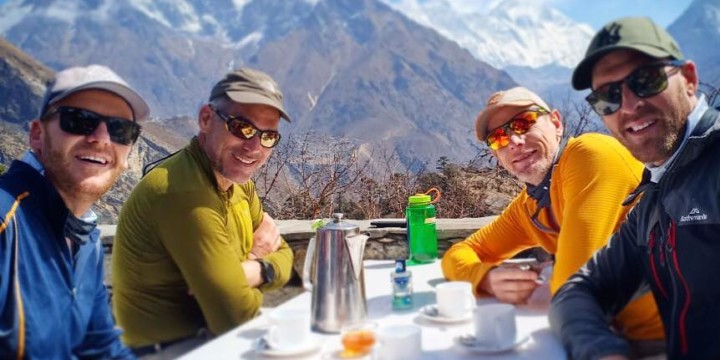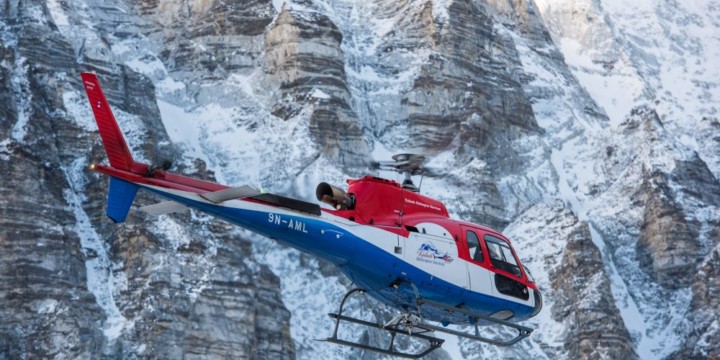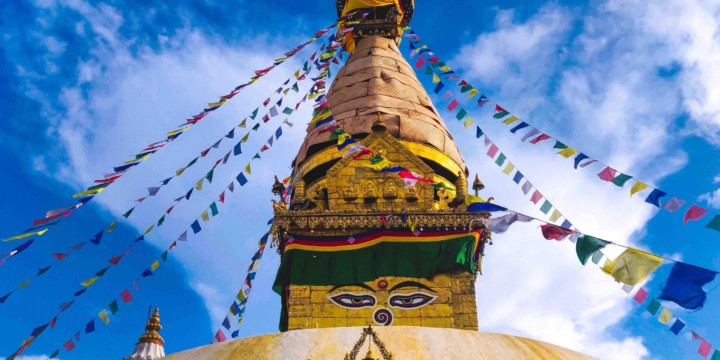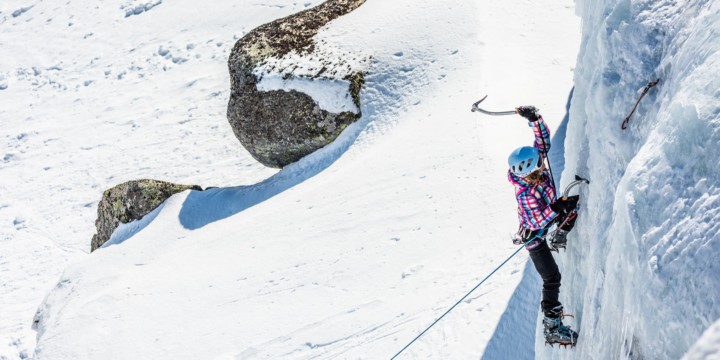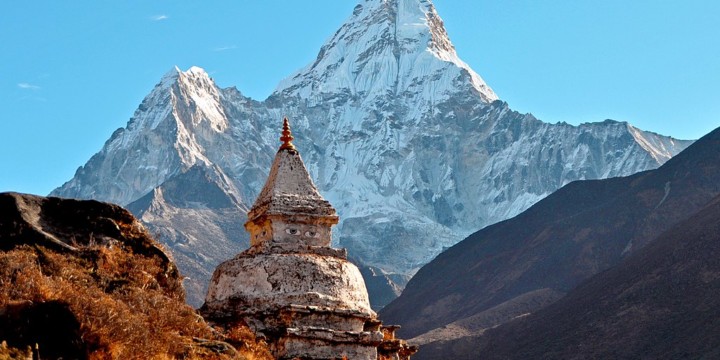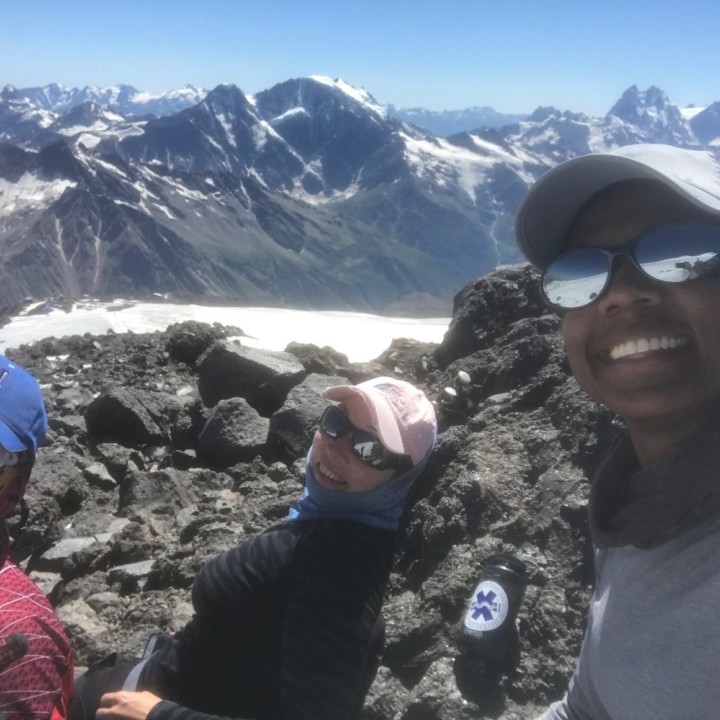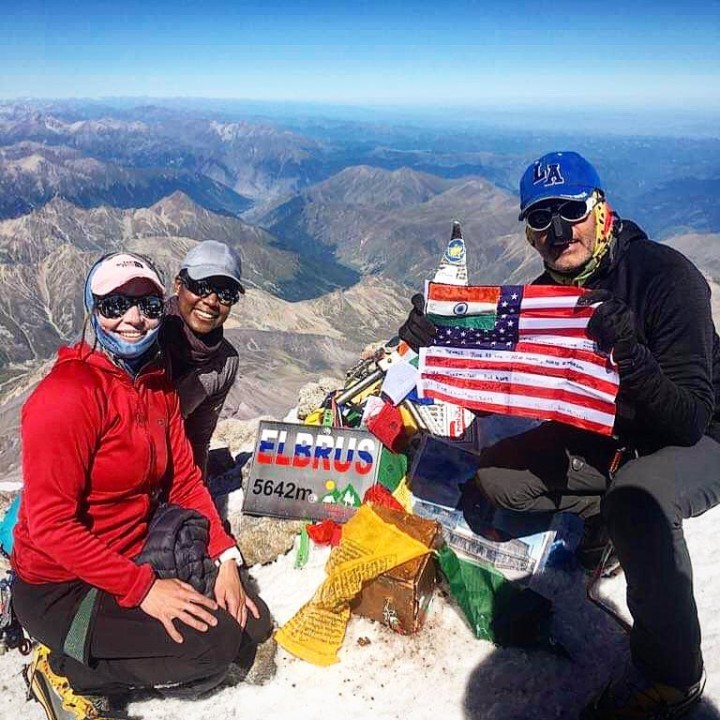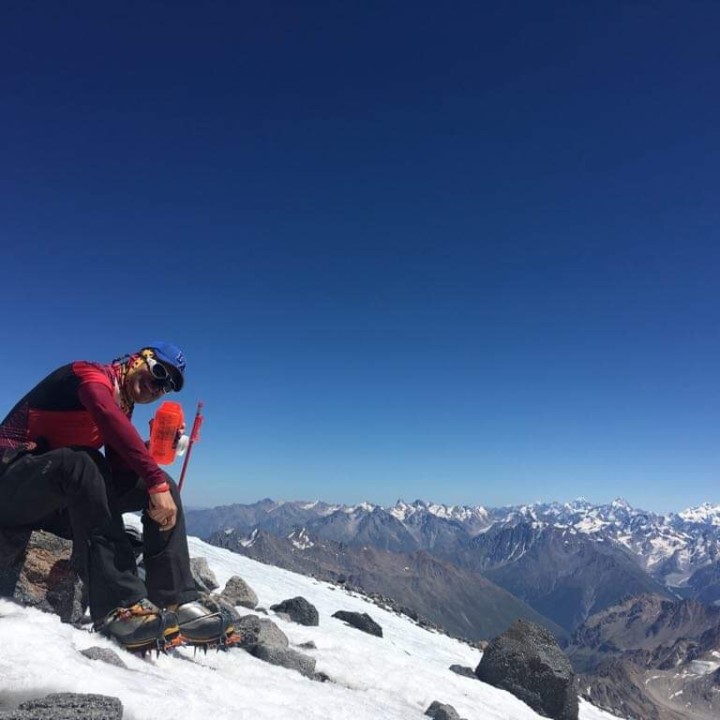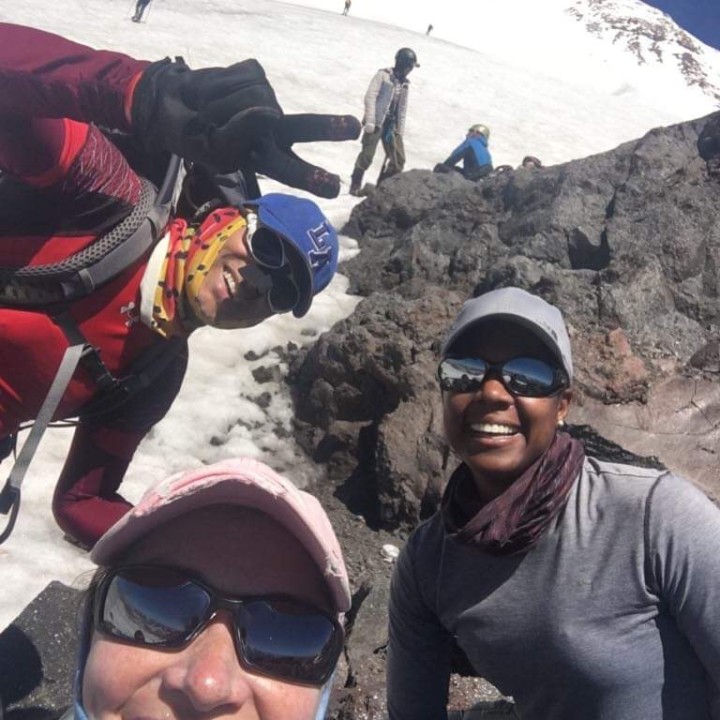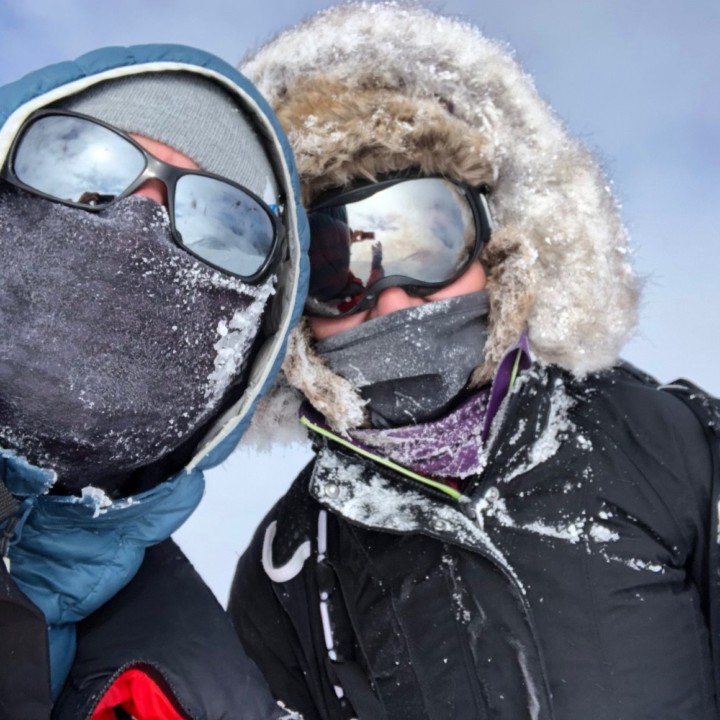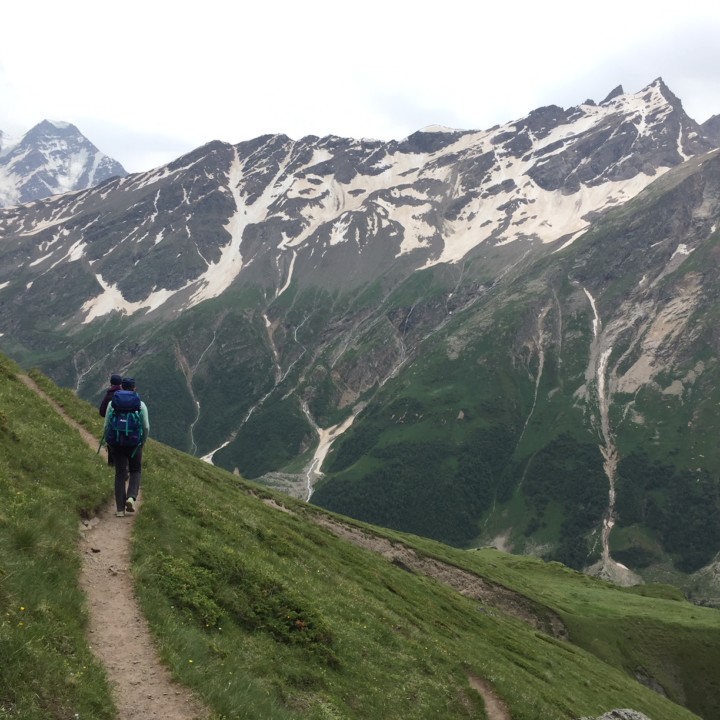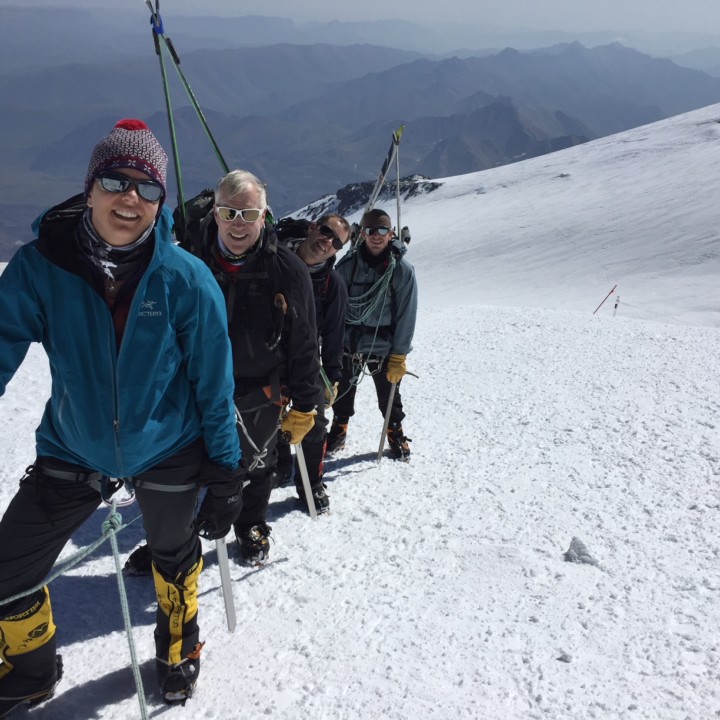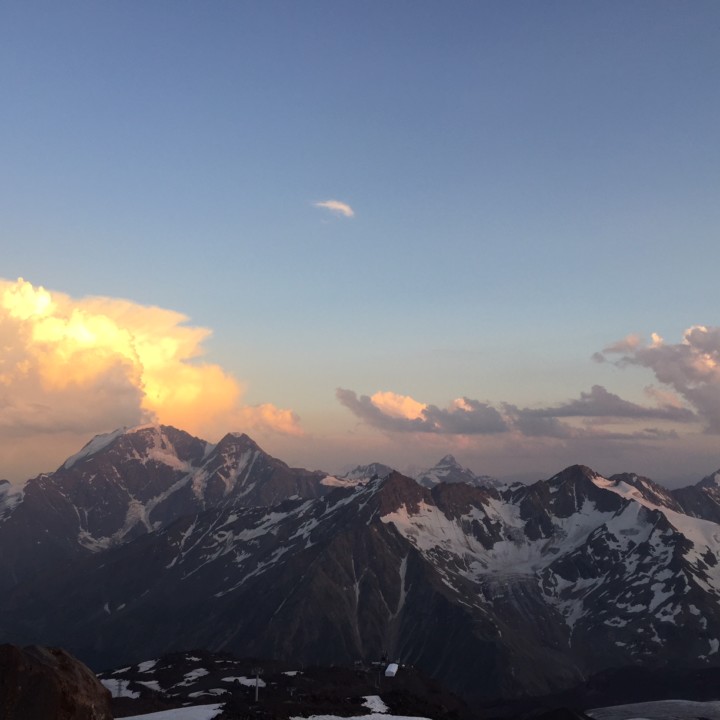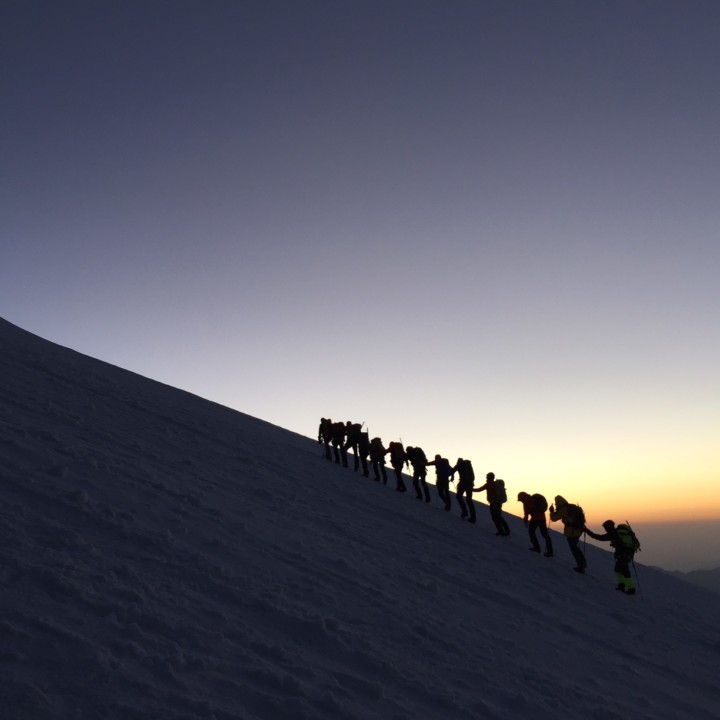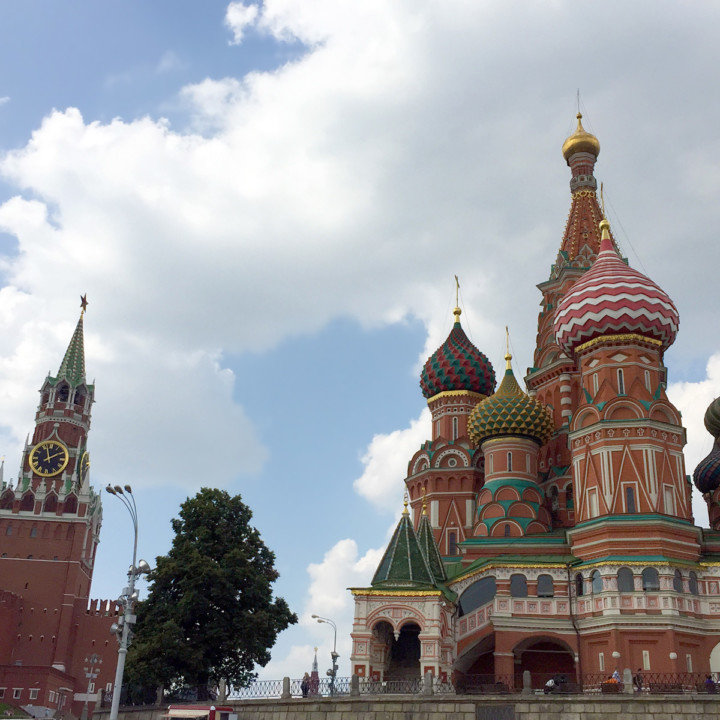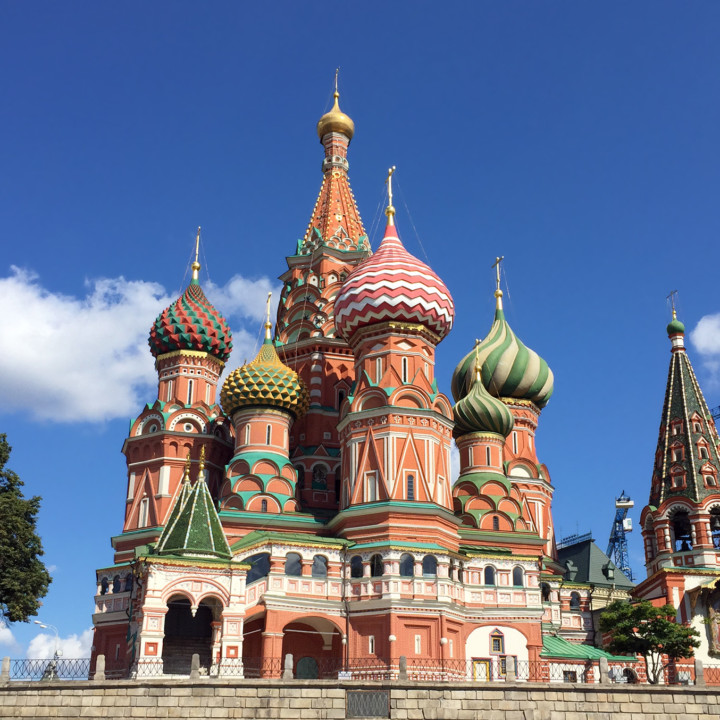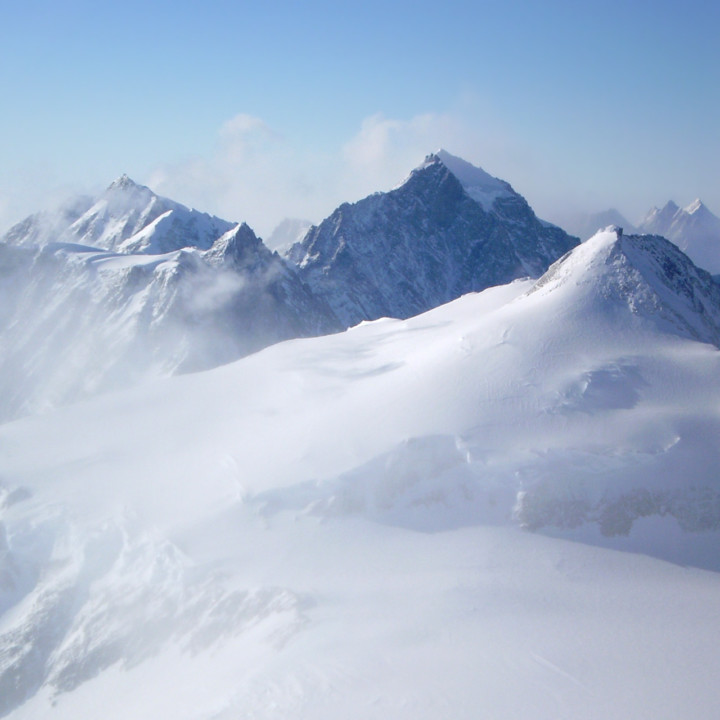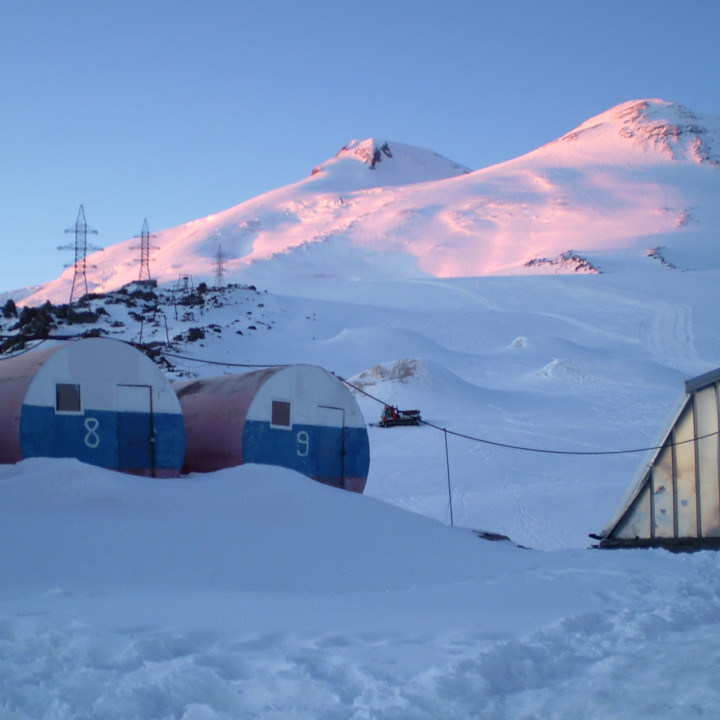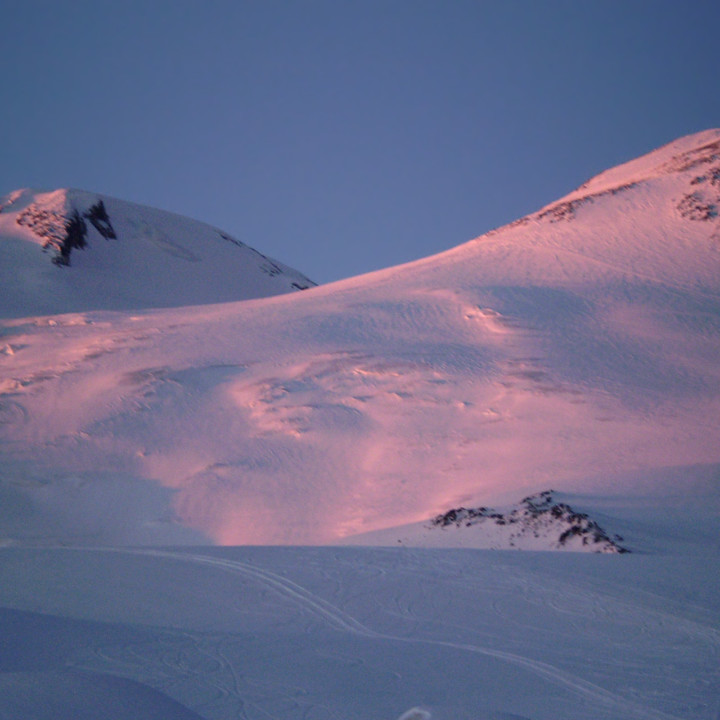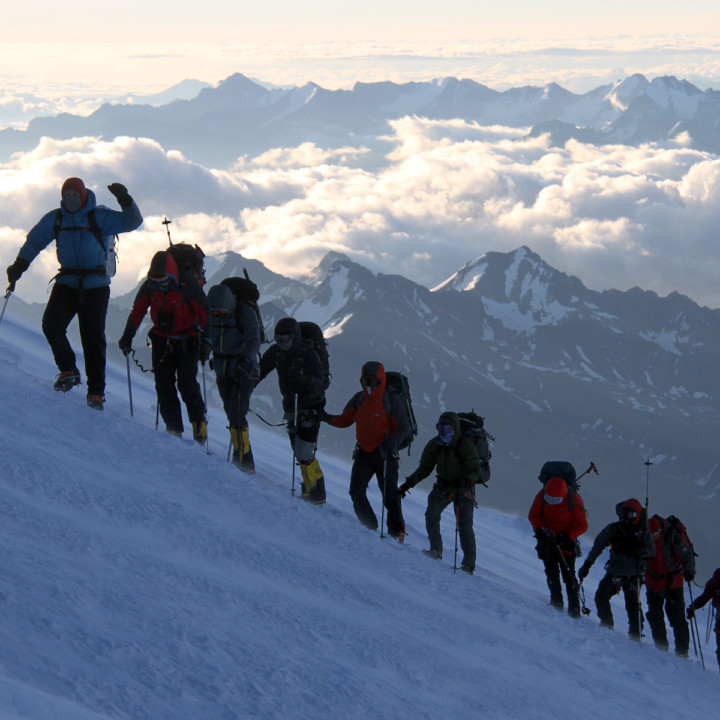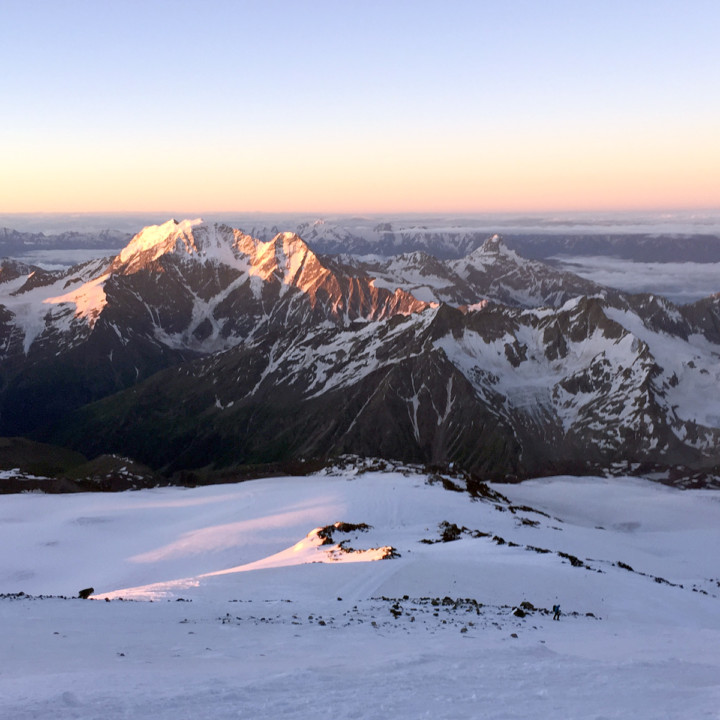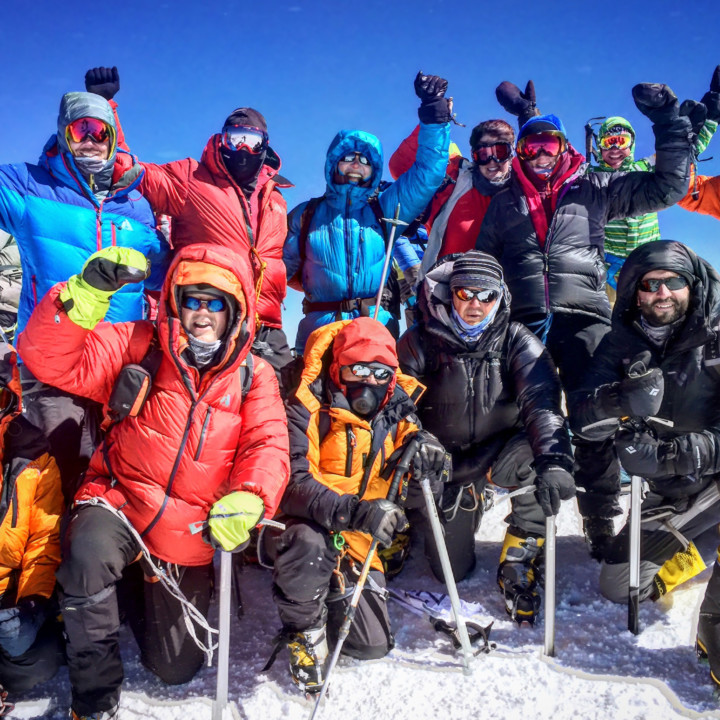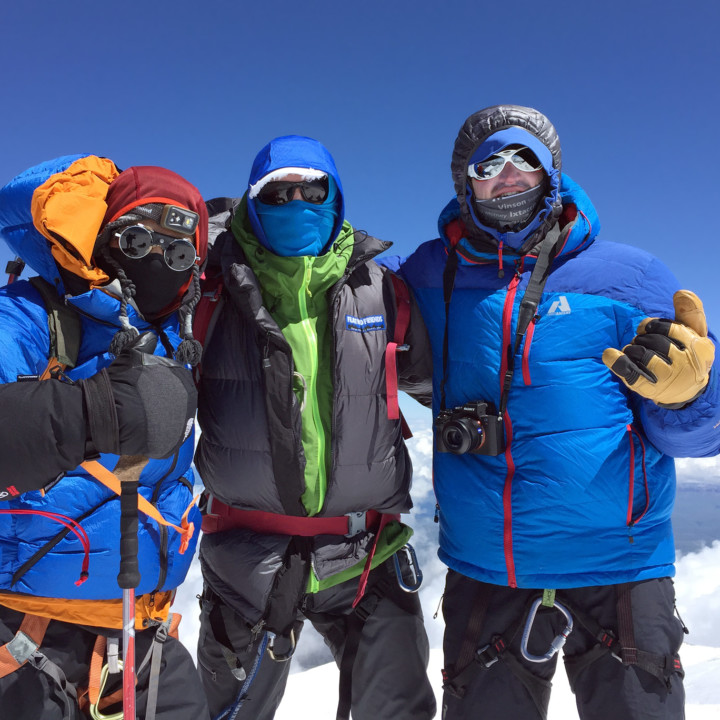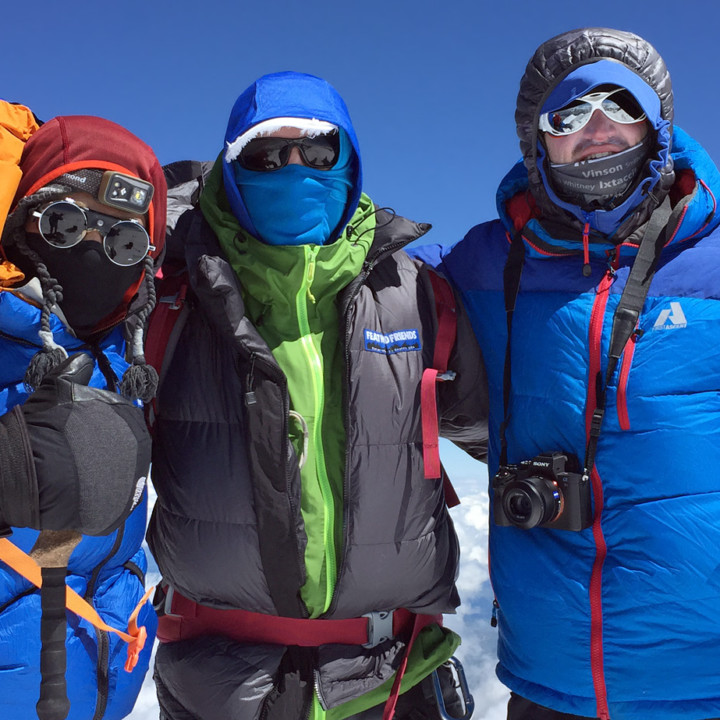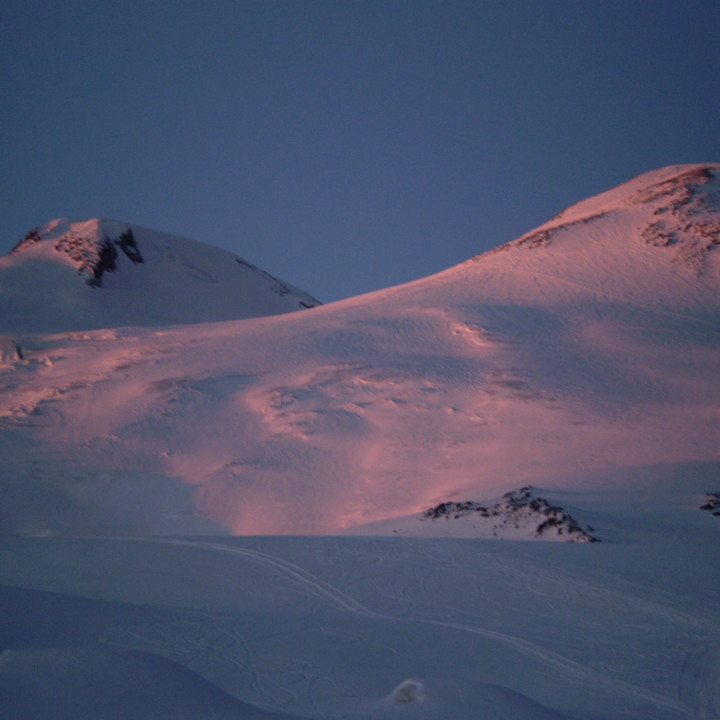AMA DABLAM | Asia
Price Range:
$17,495 USD
Elevation:
6812m
Duration:
29 Days
Difficulty:
Intermediate/Advanced
Route:
Southwest Ridge Route
Share Expedition
Highlights:
- Climb an one of the most iconic peaks in the world
- Test yourself at nearly 7,000m
- Take in incredible views through the Khumbu valley and experience its rich culture and history
- Spend a night at the most photographed and recognisable high camp in Nepal – Camp 2
- Test your technical skills on the near-vertical Yellow Tower and precipitous Mushroom Ridge en route to the summit
- Be part of an amazing community of intrepid climbers and explorers from all over the world who you will meet during your time on the trek, climb, and summit of Ama Dablam


Often called the most beautiful mountain in the world, Ama Dablam is iconic in its shape, and has a prominent position in the Khumbu Valley in Nepal.
This stunning peak is an iconic goal for climbers with an interest in steeper technical climbing.
The Ama Dablam climb is an incredible stand alone goal or a great way to build skills and strength in your journey to 8000+ meter peaks.
Though well protected with fixed lines, a high level of fitness and strong technical skills are required to reach the summit, but all who make it are rewarded with incredible views down the Khumbu valley towards the world’s highest mountains.
The vista from the summit of Ama Dablam is one of the best summit views in the world!
Team Departure: $17,495 USD
1:1 Private Nepali Internationally Certified Guide: $19,495
Annually; October 15th - November 12th
- If these dates don’t work for you, or you would like a private trip and private guide, we also build custom itineraries for many of our climbers.
- You can climb Ama Dablam as a stand-alone climb or dovetail it with our other climbs in the Himalaya like Manaslu.
Our Ama Dablam expedition is one of our most popular Himalayan climbs. Iconic, technical, it is truly a climbers’ climb with technical snow, rock and ice climbing.
You start your adventure by meeting in Kathmandu, Nepal. Here we will do thorough gear checks, have team briefings, pack and organise our gear for the climb ahead.
Following our time in Kathmandu we fly as a team to Lukla to start our approach trek to Ama Dablam Base Camp.
You will love the 6 day trek to AD Base Camp. Our schedule involves both moving days trekking to the next village, sprinkled with rest and acclimatization days in between. The slow ascent up the valley is important to allow your body time to acclimate and gives you a chance to explore each village we stay in. On some “rest days” we’ll take a small day hike up to points of interest to give our bodies new high points and enjoy enjoy visiting some famous cultural and religious sights on our way through the scenic Khumbu valley in the shadow of the world’s highest mountains. Including staying in the ‘Sherpa Capital’ Namche Bazaar where you can have a beer in the world’s highest pub, to visiting the famous Tengboche Monastery where a High Lama will bless your climb ahead. Passing by countless Tibetan Buddhist stupas and chortens, you will feel the rich culture of Tibetan Buddhism come alive.
Porters and Yaks will bring the majority of your gear on the trek in allowing you to trek light carrying only what you need for the day. Most days we will walk between 4 and 6 hours on trail at a moderate pace, with the occasional day or two containing longer stretches.
Once you have arrived in basecamp we follow a busy, but deliberate, itinerary of working our way up and down the route to continue acclimatizing and become familiar with the climbing techniques necessary for a successful summit bid in a series of climbing rotations.
When we are ready, and the weather looks great, we launch our summit bid which is 4 nights, 4.5 days away from basecamp. First to Camp 1, the following day to Camp 2 where we enter new terrain climbing from Camp 2 to “Camp 2.7” at 20,800ft (6,340m). Camp 2.7 is really now the standard “Camp 3” and is located slightly lower and closer to the ridge than the traditional “Camp 3” that is no longer used due to serac fall hazard off the glacier above. From Camp 2.7 you will wake early for an alpine start to the Summit!
After summiting the team descends back to Camp 1 for another night. The following morning is a descent back to basecamp for well earned celebrations, rest, and packing for the journey home.
Following your summit, we enjoy a relaxed descent back down the valley, taking in your achievement in this remarkable corner of the world before flying back to Kathmandu and onward home.

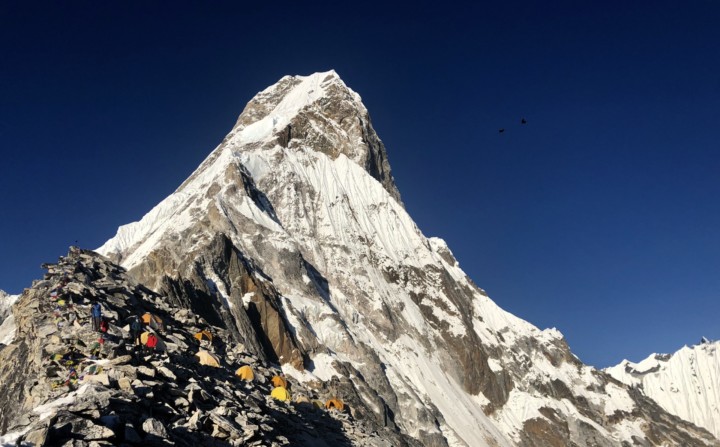
Itinerary:
- Day 1: Arrival Day in Kathmandu
- Day 2: Gear checks and expedition briefing/Free time to explore Kathmandu
- Day 3: Fly to Lukla, Hike to Phakding
- Day 4: Trek from Phakding to Namche Bazaar
- Day 5: Rest day in Namche/Acclimatization hike
- Day 6: Trek from Namche to Tengboche
- Day 7: Rest day in Tengboche, visit Tengboche Monastery
- Day 8: Trek from Tengboche to Ama Dablam Basecamp
- Day 9: Rest day/Traditional Tibetan Puja Ceremony
- Day 10: Climb to Camp 1 and descend back to basecamp
- Day 11: Rest/pack in Base Camp
- Day 12: Climb to Camp 1 and spend the night
- Day 13: Acclimatize above Camp 1, sleep at Camp 1 a second night
- Day 14: Climb to Camp 2 and spend the night
- Day 15: Descend to basecamp
- Day 16: Rest in Basecamp
- Day 17: Rest/pack/prepare for the summit bid in Basecamp
- Day 18: Climb to Camp 1 and spend the night
- Day 19: Climb to Camp 2 and spend the night
- Day 20: Climb to Camp 2.7, short night before summit morning
- Day 21: Summit Ama Dablam! Descend back to Camp 1
- Day 22: Descend to Basecamp and pack
- Day 23: Trek from Ama Dablam Basecamp to Namche
- Day 24: Trek from Namche to Lukla
- Day 25: Fly to Kathmandu
- Day 26: Contingency Day
- Day 27: Contingency Day
- Day 28: Contingency Day
- Day 29: Fly Home from Kathmandu
Our expeditions are designed to be fully inclusive, except for some services/items of a personal nature like flights, gear, insurance. Here’s a detailed list so you know what to expect
Included in the Ama Dablam Expedition:
- Leadership, strategy, climbing oversight including full support for a summit attempt
- Professional mountain guides, sherpa support staff, base camp support staff, and porters to assist with carrying personal gear
- Full expedition logistics, weather forecasts, etc
- Climbing permit for Ama Dablam
- Training and skills refresher clinics at Ama Dablam
- Domestic flights to and from Lukla
- In country transport associated with the program itinerary
- Airport transfers
- Accommodation in Nepal including 4x nights in Kathmandu and teahouses on the trek (twin share)
- Welcome dinner, all breakfasts & all meals on the trek and mountain. Please note in town, free time meals in Kathmandu are your own responsibility)
- Access to medical and communications gear
- Mountain camp infrastructure and logistics including tents and cooking gear
Excluded in the Ama Dablam Expedition:
- International flights to Kathmandu, Nepal
- Airport arrival or departure taxes
- Associated travel expenses including: Visa, Passport,
- Reciprocity Fees, Vaccination Charges, Excess Baggage
- Optional excursions not included in the itinerary or additional days before or after the scheduled program
- Personal climbing equipment, clothing, toiletries etc
- Personal sundries including but not limited to; non-team meals while in Kathmandu, personal snacks, specialized high altitude climbing food, alcoholic beverages, laundry services, medical expenses, gratuities, 3rd party internet, email or phone charges, bottled water, specialty coffees
- Sherpa tip pool
- Guide tip (customary but optional)
- Costs incurred as a result of events beyond the control of CTSS above and beyond the normal expedition costs
- Required trip insurance policy (for trip cancellation, interruption, rescue & evacuation, medical treatment, repatriation, etc.)
- Unused Contingency Days at the end of your program: CTSS covers one night in the hotel in Kathmandu on your return. If you decide to stay longer in Kathmandu beyond this night, those costs are your responsibility. We highly recommend that while you should plan to be away from home for the entire duration of the expedition including contingencies days, you book a flexible return airfare so you can move your flight forward if you don’t use all of the contingency days or push it back as you need.
How early should I commit to my climb?
We feel that the sooner you commit the better as it gives you more time to prepare mentally and physically for the climb. Climbing Ama Dablam is a big undertaking and something that you will want to work up to consistently. I have found that people are generally more successful when they commit earlier as it gives them longer to shake out any problems that may arise, arrange their home and work life to be away for a number of months, and build their fitness endurance and strength up over time and thereby avoid injury etc.
What’s the best climb to prepare for Ama Dablam?
Lobuche is a great peak to summit as training for Ama Dablam. It provides an intro into technical climbing as well as dealing with altitude. Other great options include Denali, Island Peak, Mera Peak. Our 3 Peaks expedition makes for a perfect stepping stone to an Ama Dablam ascent.
If you’re from the Americas, or simply want and amazing climbing experience, the Ecuadorean Volcanoes is one of the best ways to get a lot of high altitude climbing in a short amount of time and is a crowd favorite. This program also makes for a perfect prerequisite to an Ama Dablam climb.
Will I need to purchase insurance?
Yes, trip insurance is required for this program and it needs to cover the entire cost of the trip and include trip cancellation, trip interruption, medical expenses, repatriation, and evacuation for the entire length of the expedition. Please forward a copy of your insurance for our records so that we can help you in the event that it needs to be used during the expedition. Most insurers require us to contact them immediately. For more information on trip insurance please visit the “Trip Insurance” page
What program upgrades are available?
If you would like a more personalized climb we can arrange for you to climb 1:1 with one of our lead Sherpa guides or a Western private guide.
The other main add-on for Ama Dablam programs is single rooming upgrades and/or deluxe rooms in the trekking lodges. Please discuss this add-on with us and we can help you decide if it is right for you.
It’s a long time away from home – can my family and friends join me?
Yes, your family and friends are more than welcome to join us on the trek into base camp and may be able to come up to camp 1 with us as well depending on their ability. Please let us know immediately if you have people who want to join us so that we can make arrangements for them. Space in hotels in Kathmandu and in the teahouses is limited during climbing season so we need to know final numbers asap!
What’s the acclimatization process?
Our entire expedition including the trip to base camp is slow in order to allow our bodies ample time to acclimate. In the Khumbu, we gaining altitude quickly and this slow process will allow us to acclimate properly and avoid altitude sickness. That means there is plenty of down time while your body adjusts. Please bring a few books or movies on your devices and be patient. This is a slow process but it will give you a much better chance at success on the climb and trek. Make sure to communicate with your guides directly if you are experiencing any altitude issues.
How much cash should I bring?
It is better to have more money than you need than not enough, while most things are covered on the trip once you land in Kathmandu (check what’s included/what’s not included list for details) you will still need cash. The cash that you need to bring includes money for visas ($50 for 1 single entry 30 day), Sherpa tip pool ($600+ for climbers and $300 for trekkers), money for staff tips (customary but optional) $200 for potential consultation and treatment by the doctors at base camp, $500 to cover expenses for a potential early departure (not often, but sometimes this occurs) and $1,500 – $5,000 if you think you’ll want a helicopter ride out, $300 for miscellaneous expenses like non-group meals, shopping, drinks around Kathmandu and while on the trip to base camp if you want wifi, sodas, specialty coffees, bottled water, charging of devices or snacks (meals are covered), Generally we recommend bringing $2,000 – $3,000 USD plus a credit card to cover all potential expenses including an early departure but it is unlikely that you will need all of this. Small denominations (1’s, 5’s, 10’s and 20’s) are better and although American dollars are accepted, you can change money into Nepali rupees at change houses when you arrive. Rates are generally about the same and I’ve never encountered one that isn’t legitimate. Also, there are now quite a few ATM’s around town where you can use your card to take out local cash at a good rate. It is much more difficult to change money, especially large sums, once in the Khumbu Valley. Please let your credit card company know you will be traveling so you can use your card (and not set off the fraud alert due to using the card in a foreign country).
How much gear can I bring?
We pay for yak + porter transport for two 50lb duffels (1x trekking duffel which will travel with you and 1x climbing duffel which will go straight to base camp) this should be more than enough weight. If you want to bring more than this with you, you will be expected to pay for the excess weight. This amount will include excess on the flight to Lukla and then be roughly $300/duffel each way to base camp beyond the two duffel allotments. Transport is getting more expensive every year so please leave the kitchen sink at home! (we already have those at base camp) Just bring what you need to be comfortable but not more than that. It is unlikely that you will need two full duffels for the Ama Dablam climb so please bring only one if you can fit everything into one.
What immunizations do I need?
Make sure your immunizations are up to date. Consult your doctor, local travel clinic, or the Centers for Disease Control (CDC) for updated information on immunizations for Nepal and China. Recommended immunizations include diphtheria-tetanus (DPT), polio, mumps-measles-rubella (MMR), meningitis, hepatitis A and B, cholera and typhoid, and rabies. Malaria shouldn’t be a problem in Kathmandu or on the climb. If you plan to travel to lower-elevation areas in Nepal before or after the climb, you should consider malaria chemoprophylaxis.
How should I pack?
For the trip to base camp climbers will need to pack in two separate duffels: a base camp duffel and a trekking duffel. Climber’s base camp duffel will not be accessible while on the trek to Ama Dablam and should contain all of your climbing gear (crampons, axes, down suit etc) and items you won’t need until the mountain. Your trekking duffel will contain everything you will need for the trip to base camp including your trekking gear, rain gear, street clothes, and a light sleeping bag. Trekkers will have everything with them in one duffel. Please keep everything you will need with you such as medications and medical supplies. What will go in your trekking and base camp duffels will be covered in more detail in Kathmandu. Pack an additional small lightweight duffel in your luggage to leave street, travel clothes and things you won’t need on the expedition at the hotel in Kathmandu.
What is the food like on the climb?
At Base Camp CTSS has the best chefs and food, hands down. Our teams are consistently blown away by the quality of food and hygiene at base camp considering where we are in the world. Our head chef trains at 5 star restaurants during the off season. Think lemon crepes, cheese omelets, chicken cordon bleu, pizza, fresh fruit almost daily, fresh salads, steaks, apple pie, fresh croissants and cinnamon rolls, and moist chocolate cake. We get shipments of fresh meat, fruit, vegetable, and other supplies weekly.
I have dietary requirements, can you cater for those?
Yes, our chefs are amazing and are well versed in catering for a wide variety of dietary requirements and allergies. On the trek we order a la carte so you can choose what you like and what you need to avoid. Please feel free to chat to us about your needs.
Why do I need to bring my own snacks?
We do provide a selection of snacks for the mountain and will have lots of good stuff but we want to make sure everyone has the food that they need. Even people who aren’t usually picky about food can get really particular about what they can digest on Ama Dablam due to the extreme altitude and getting lots of calories is hugely important. Gu packs, shot blocks, nuts, Snickers bars, cheese, etc… whatever it is that you know you can eat when you don’t want to eat anything is best. Getting speciality and familiar food can be difficult in Nepal so it’s best you bring what you love from home. Also, bring a good supply of cough drops or hard candy as you might like them in the dry air. We’ll have some for the team but people seem to go through them really quickly.
How safe is the food and water?
As in Kathmandu, once on the trail into base camp it is highly recommended that you stick to treated rather than tap water. Properly boiled water is available in all the teahouses and bottled water is readily available in stores en route but to reduce the amount of trash and pollution in the valley we encourage you buying boiled or UV treated water from teahouses. You can also bring your own water treatment solution. We will provide some teas and coffees at meal times but if you want sodas, bottled waters, specialty coffees, or drinks outside of meal times we ask that you purchase them yourself. Nepal isn’t known for its cuisine. The food on the trek to base camp can become a bit monotonous but its energy dense and fulfilling. Asian inspired, there is a lot of fried rice, rice based meals, nutritious dal baht, soups, omelettes etc. Stick to meals where the food is obviously local and sourced from the valley. We stay in reputable teahouses who have a good understanding of food hygiene so our climbers and trekkers rarely get sick. It’s ok and somewhat expected to get a slightly upset tummy as you’ll be eating food that is different to what you are used to. At Base Camp, we have our own chefs who are incredible and take every precaution, in a full catering kitchen. They also cook Western foods, have fresh food including fruit, vegetables and meat resupplied regularly and serve a good variety. CTSS is known to have the best food on the mountain and given where in the world we are, that’s a remarkable feat.
What’s the accommodation at Base Camp like?
We use North Face VE-25 tents. They’re large, spacious (the same size as a 3 man tent) and extremely high quality. Inside you will have a thick, comfortable 15cm sleeping mattress and a pillow. This is placed on top of a ground cloth to keep out the wet and cold.
Will I be sharing a tent?
There will be times on the mountain where you will need to share a tent with another climber to reduce the number of dangerous loads the Sherpa need to carry. It’s also a lot warmer and safer when you can keep an eye on each other.
What about phones & wifi?
We understand it’s important to stay in touch with friends and family and on top of your inbox. There are a number of ways to do this;
We suggest picking up a local Ncell sim card in Kathmandu with a data package. Signal is reliable in Kathmandu & for most of the trek up the Khumbu valley it is strong enough to support both calls and data. Once you get to base camp cell service becomes unreliable, although it can sometimes pick up a low signal (not enough to support data). You can buy a local Ncell sim card in Kathmandu and there is a Ncell store close to our hotel that we are happy to show you. Your phone will need to be unlocked and you will need your passport to get a sim card. You can get recharge cards almost anywhere. This is by far the most affordable way of staying connected and getting data in the Khumbu valley up until base camp. If you’d like to use your own sim card, talk to your provider about activating your international roaming and you should be able to tie into the local networks. At base camp, when the cell service runs out, you can connect to the wifi network and make calls on facetime, Whatsapp, FB, or Skype. It is available for individual purchase which means you only pay for what you use. Please note, this is operated by a third party and we have no control over whether it works or the expense. There are also internet cafes in the bigger towns along the route to base camp to get online and third-party wifi available for purchase in most of the teahouses. Please keep devices like laptops, smartphones and iPads waterproofed in your trekking packs so they don’t break in your duffels. You will be responsible for your own valuables. There will be a satellite phone with the team but we don’t expect to use it until above base camp. It can be made available to team members at $3/minute. If you plan on bringing your own satellite phone with you, you are required to register it with Nepal which costs thousands of dollars. Should you choose not to register it and use it anyway, you do so at your own risk.
How heavy will my pack be?
In general, climbing packs on Ama Dablam are relatively light once you get to the high camps. You will likely be carrying 15lbs – 30lbs (7kg – 12kg) most of the time while climbing and less on the trek into base camp. While climbing you should be prepared to carry your gear for the day and some of your personal gear for the mountain. Sherpa will carry all of the group gear and help with personal gear where possible.
How do I charge my devices?
Given the local expense of electricity, teahouses charge you to repower and recharge your electronic devices en route to base camp. This tends to get more expensive up the valley and a portable battery pack is a good idea. You will need to bring an adapter. This cost is your own expense. Portable solar chargers are a great option for something to leave at Base Camp and charge your devices when you are there. We will also have a solar charging setup available to you for charging devices.
I’d like my own room in hotels & teahouses…
All hotels and teahouses are double or triple occupancy but once we get to base camp you will have your own tent to spread out in. If you want single rooms en route to base camp, we can arrange this at an additional cost. Sometimes teahouses are full during the climbing season and may not have room to accommodate single rooms so please let us know as early as possible for the best chance of us securing a private room. Again this is adventure travel and we ask you to roll with the punches if they are not available.
Do I need a visa? How do I navigate Kathmandu airport arrivals?
Often just getting to Nepal can be the hardest part. Most nationalities can get a visa on arrival by filling out a simple online form just prior to their departure. It is each climber’s responsibility to research visa requirements for their passport, we recommend looking into visa requirements as soon as you sign up to avoid any issues.
Once you’re on the ground it’s time to relax. Upon exiting the plane, walk to the left of the customs area and have your passport, photo, money, and visa form handy. You must pay for your visa first at the desk straight ahead and to the left before getting in the “Visa Upon Entry” line (far left of the large room). Purchase the a 30 day visa for trekkers and Lobuche climbers single entry Nepali visa.
http://www.nepalimmigration.gov.np/page/visa-on-arrival
In the Khumbu, what’s not included?
We cover almost everything in the cost of the trip once we fly into the Khumbu valley so there shouldn’t be too many other expenses that you need to worry about. The biggest expense is tips. The Sherpa tip pool is $400 and we will collect that at the beginning of the climb to disperse amongst the entire team at the end of the climb including cook staff and dining staff. People sometimes tip their individual summit Sherpa a bit more. The other personal expenses people accrue are wifi (through third party operators) additional personal snacks, drinks purchased at tea houses, charging of devices & toilet paper. We suggest you bring a portable charger and pack a few additional rolls of toilet paper for the trek in.
What if we can’t get into Lukla in time because of weather?
It’s good to remember that we are in the Himalaya and weather can be variable so it’s important to be patient. Generally, it’s no more than a day or two delay. If it looks like we’ll be unable to get in on the plane then we’ll look at hiring helicopters to get into a safe spot in the valley to stay on schedule.
What’s the deal with blog updates?
We know family and friends will want to follow your progress so we will be posting regular updates to the Climbing the Seven Summits blog here: http://climbingthesevensummits.com/blog/ We try to update it as often as possible but make sure your loved ones know that ‘no news is good news’. If a few days pass between updates it doesn’t mean that anything is wrong, simply that we are probably busy climbing.
Didn't find an answer to your question? Don't hesitate to ask us.
100%
Expeditions on Top
100%
Climber Summit Rate
8+
Countries Represented
As expected you run a first class show from start to finish… I look forward to the next adventure.Len F, USA
An incredible experience from start to finish. I can’t say enough what a difference it makes to have a great guide who cares so much about the whole experience and a great time to make the journey so special. I hope this is the first of many climbs with CTSS for me.Kevin A, USA
I cannot even put into words how incredible that trip was for me – you truly run everything top notch and it shows in every single part of the trip. Your patience in teaching/coaching in a way that I didn’t feel intimidated by was amazing and so so appreciated. I am in awe of this whole experienceJulie M, USA
Free Expert Advice
When you sign up for an expedition you become CTSS family.Which means a free expert consult with Mike Hamill - the man who literally wrote the book ‘Climbing the Seven Summits’ or one of his expert team.
Personalised strategy, progression planning, expert coaching, insight and advice on how to get the most out of your climbing journey!
6x Reasons to Choose CTSS
Safety
Your safety and success are our priorities in that order. We make conservative decisions, plan redundancies and all our guides have wilderness medical training, safety & rescue plans & access to doctors 24/7 to help keep you safe.
Value for $
We keep our overheads low to pass savings on to you. We are proud to offer the best service for the most competitive price, without skimping on safety or taking shortcuts with logistics, staffing and infrastructure.
Holistic Approach
Our service goes far beyond the mountain. Think of us as your climbing coach, we’ll be there from start to finish to prepare, debrief and plan your progression as a mountaineer, whether your goal is a single summit or the Seven.
Guides & Team
Guides can make or break your climb. We hand pick the most qualified, tenured, tested and personable guides and Sherpa in the world. Owner and mountaineer Mike Hamill personally oversees the management of each expedition.
Our Values
We care about you, our people and the planet and we walk our talk by donating a percentage of every expedition to Tiger of the Snows fund which supports outdoor tourism workers all over the world and following strict Leave No Trace principles amongst other initiatives.
Success
We have an unparalleled summit success rate. How? We do it in a myriad of ways; like a great chef’s secret sauce, we've fine tuned the recipe over decades but most importantly, we believe in you & your ability to achieve your goals and are invested in putting you on top.
Ready to Progress?
Consider these expeditions
I cannot even put into words how incredible that trip was for me – you truly run everything top notch and it shows in every single part of the trip. Your patience in teaching/coaching in a way that I didn’t feel intimidated by was amazing and so so appreciated. I am in awe of this whole experience
- Julie M, USA
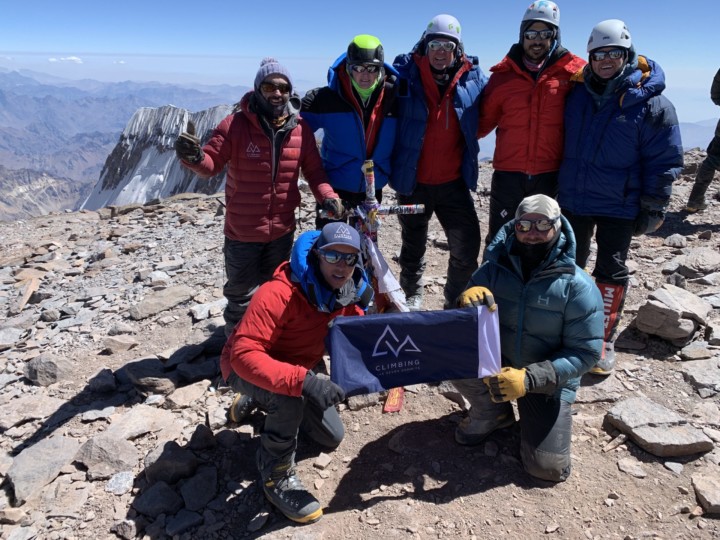
Testimonials
As expected you run a first class show from start to finish… I look forward to the next adventure.Len F, USA
An incredible experience from start to finish. I can’t say enough what a difference it makes to have a great guide who cares so much about the whole experience and a great time to make the journey so special. I hope this is the first of many climbs with CTSS for me.Kevin A, USA
I cannot even put into words how incredible that trip was for me – you truly run everything top notch and it shows in every single part of the trip. Your patience in teaching/coaching in a way that I didn’t feel intimidated by was amazing and so so appreciated. I am in awe of this whole experienceJulie M, USA




